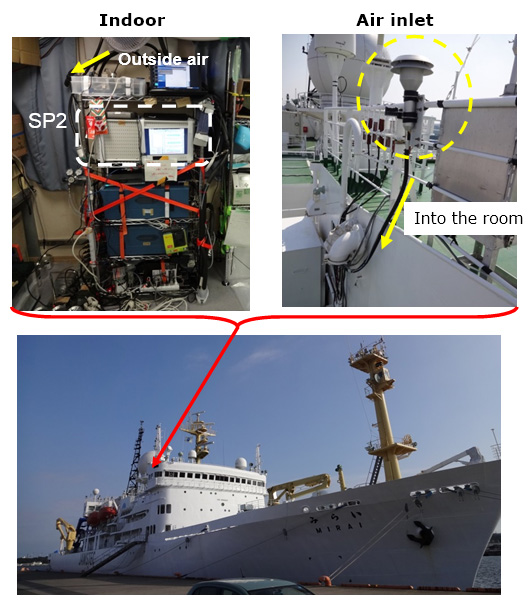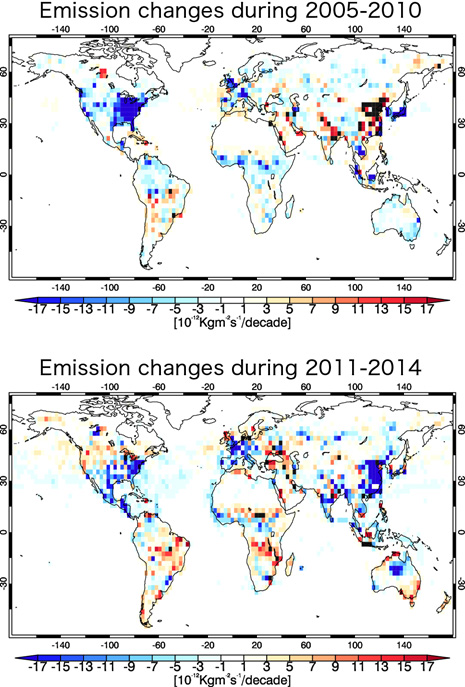Atmospheric composition change driving global warming:
Elucidating human impact and mitigation strategies

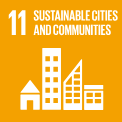
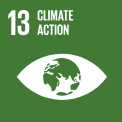
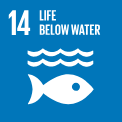
The greatest cause of global warming is increased greenhouse gas concentrations (including CO2) in the atmosphere. Gaseous and particulate air pollution can also have a global climate impact; for example, in the Arctic, high attention has been paid to the influence of "black carbon." With Asia and global as keywords, we are conducting wide-area observations and numerical model simulations focusing on these substances to comprehensively evaluate human activities and natural processes over land and ocean as key drivers of their concentration changes. For observation, we utilize research vessels, observatories on domestic remote islands, and networks developed via international collaboration. For model simulations, we utilize up-to-date computational resources such as Earth Simulator 3 and "K". Toward the IPCC Sixth Assessment Report, we will promote the world's latest knowledge consolidation as a lead author and review editor, while at the same time provide scientific knowledge to support "Action to mitigate the effects of climate change," relevant to SDGs 13.1 through 3. We have developed a state-of-the-art "data assimilation system," effectively utilizing satellite observations of atmospheric composition. Using a "chemical weather forecast system," we are also engaged in short-term forecasts in terms of transport/evolution of forest fire plumes and transboundary air pollution. Using these, we will address the air quality and health issues in "cities" where human activities are to be further concentrated, and also examine the influence to coastal areas, thereby contributing to SDGs 11.6, 3.9, and 14.1.

